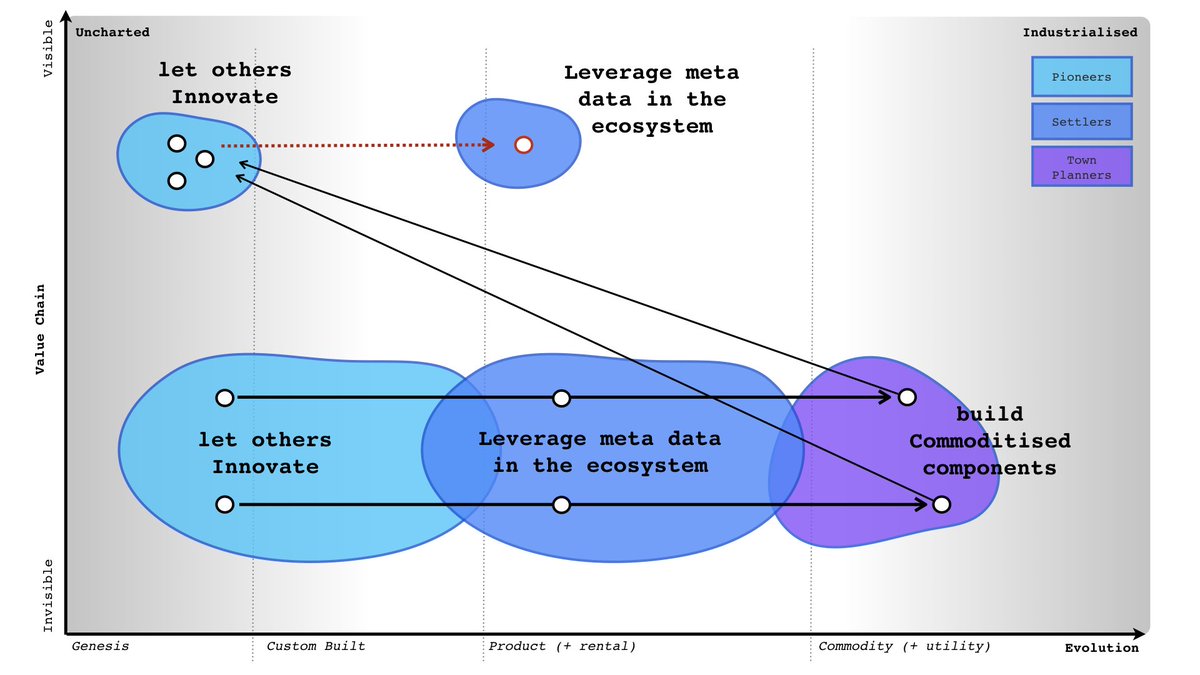@drewfirment cartoon - cloudrumblings.io/a-pioneer-a-se…

see - medium.com/@andy.callow/e…

If you don't map, then ... well, this probably seems like indecipherable magic voodoo to you. C'est la vie.


Get real-time email alerts when new unrolls (>4 tweets) are available from this author!
Twitter may remove this content at anytime, convert it as a PDF, save and print for later use!

1) Follow Thread Reader App on Twitter so you can easily mention us!
2) Go to a Twitter thread (series of Tweets by the same owner) and mention us with a keyword "unroll"
@threadreaderapp unroll
You can practice here first or read more on our help page!



